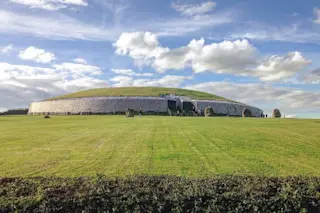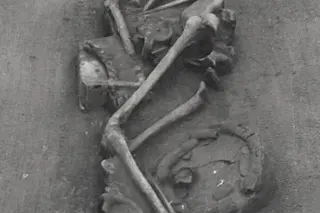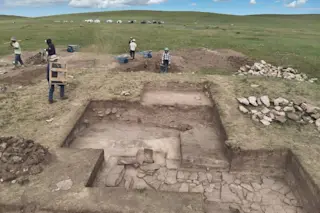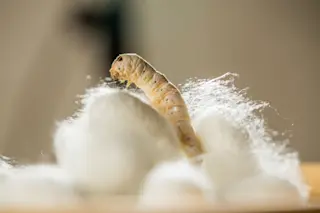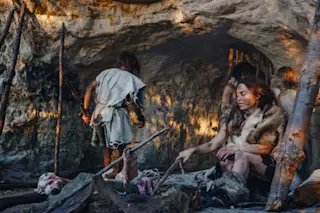The pandemic was unexpected for everyone, science writers included. But how did journalists prepare themselves to cover the unpredictable course of the virus? For Ed Yong, a science journalist for The Atlantic, it was all about the bigger picture. Similar to many science writers in the industry, Yong had to shift gears when COVID-19 hit. He went from writing about animal behavior and the origins of life to suddenly covering stories related to the pandemic. Throughout his coverage of the virus, which would win him the Pulitzer Prize for Explanatory Reporting, he continued to grapple with the idea that science writing and reporting was about so much more than just spitting out mere facts on the latest research.
The Best American Science and Nature Writing 2021 stands as an example of the different ways in which science writing can be about more than just science. The 26 different stories in ...








